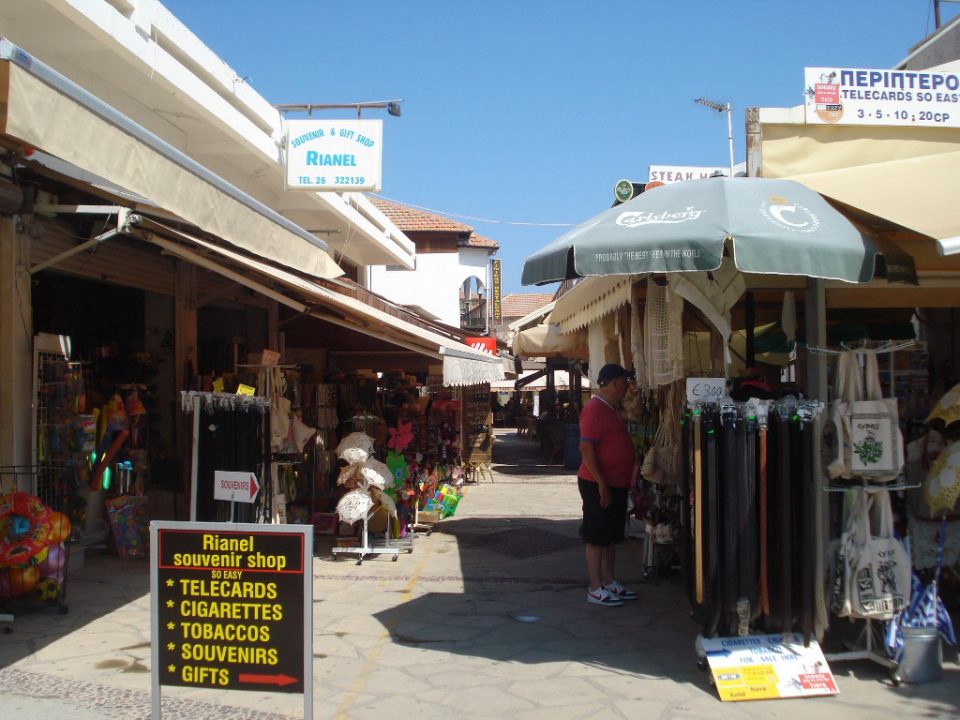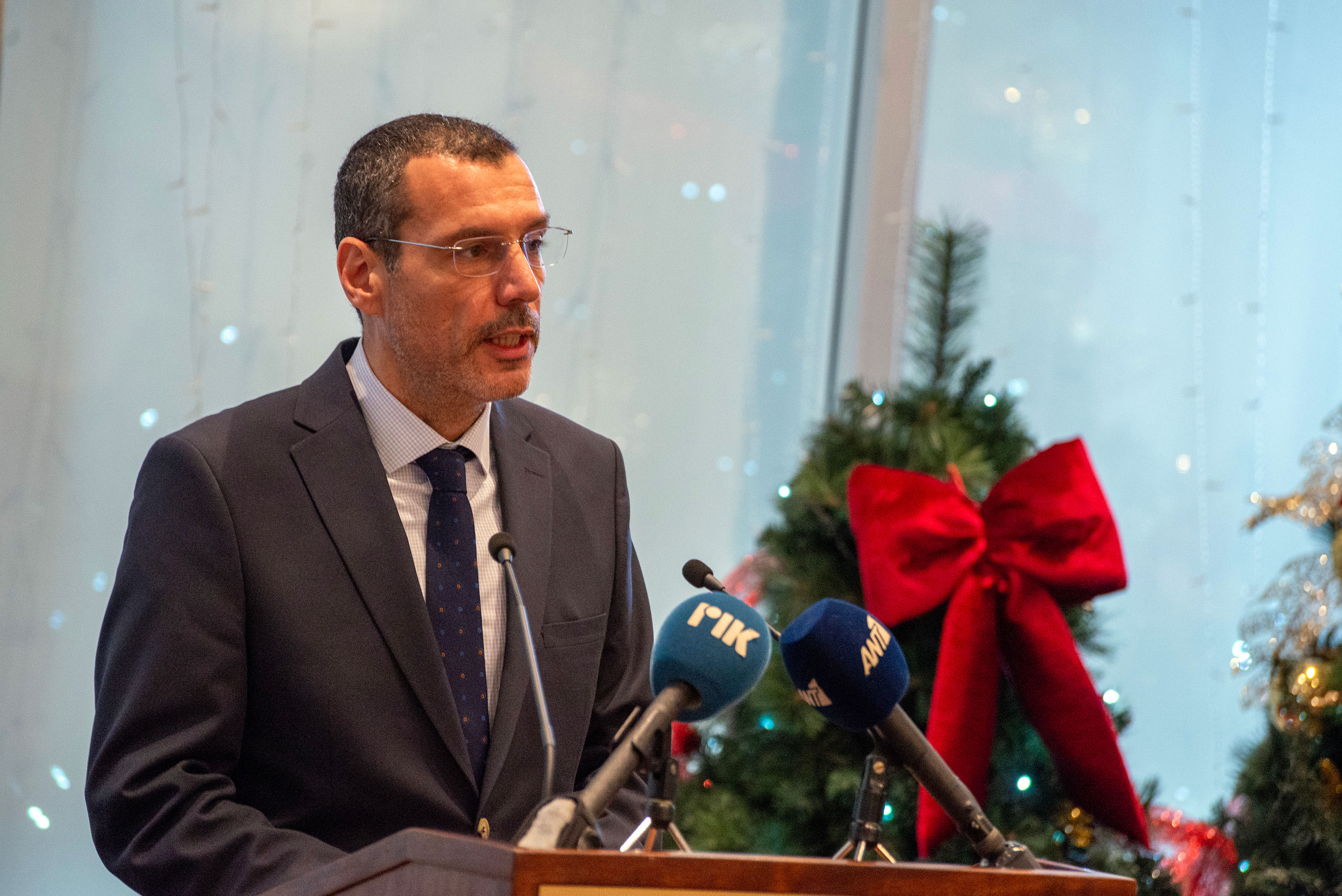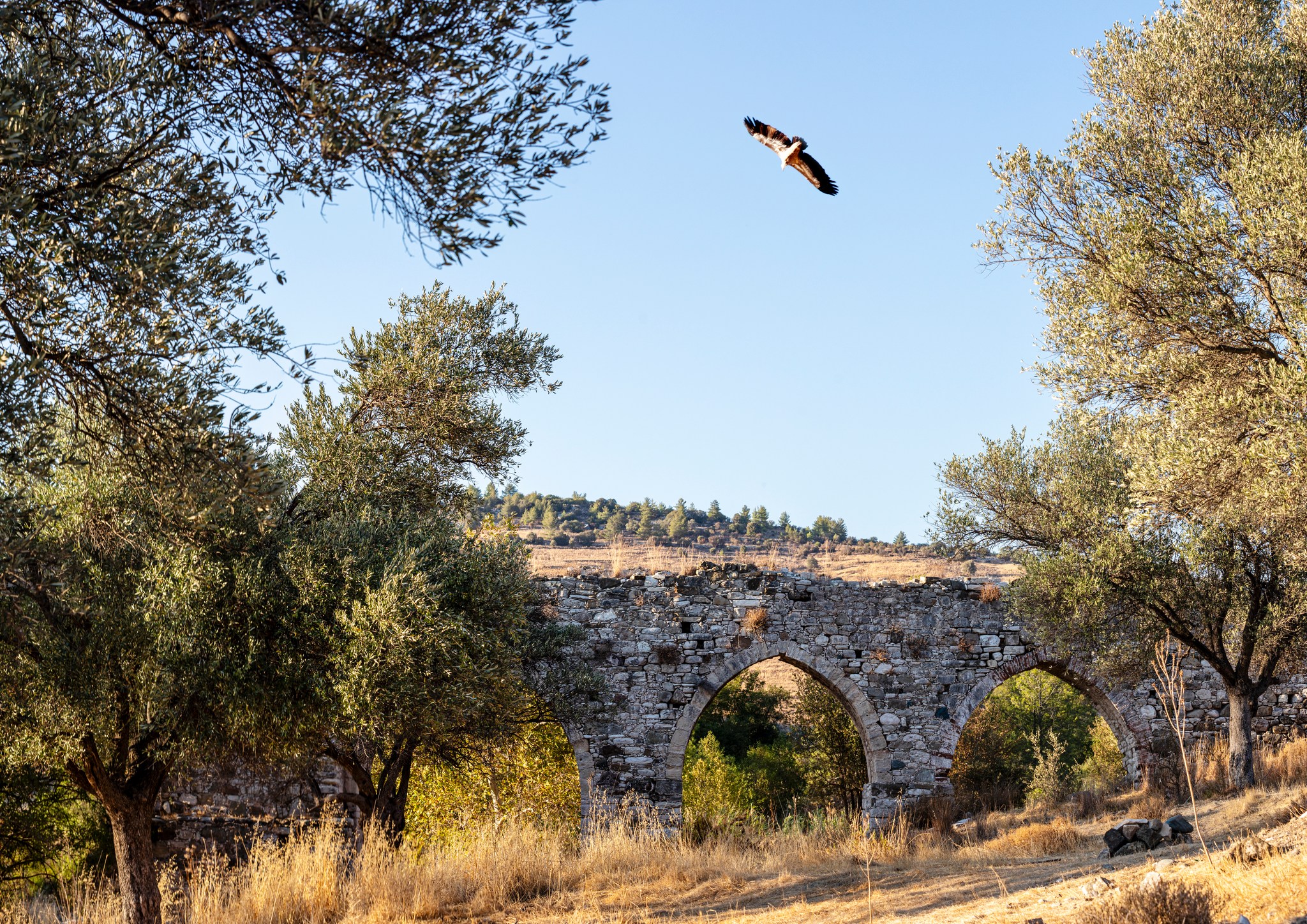The mayor of Polis Chrysochous has suggested revisions to the controversial Akamas local plan to accommodate at least three more hotels in the area, but sustainable ones, he said.
Mayor Yotis Papachristofi also suggested the creation of a separate tourism development company for the region, that would act similarly to the existing commissioner for mountain regions.
According to Papachristofi, based on the plans of the local authority, with three more sustainable hotels, the area would be able to operate as a year-round tourism destination.
“It would also increase employment, which will help the return of young people who left the area in recent years,” he told the Cyprus News Agency.
“With the support of the deputy ministry of tourism, it will be possible to create sustainable tourist units. The whole of Cyprus is developing along the coast outside of our region and the local plan is to blame for this.”
He said the discussion on the revision of the local plan, which has not been welcomed all round, would begin in the coming period.
Papachristofi met deputy tourism minister Costas Koumis on Monday to discuss tourism development in the town and the surrounding area.
The pair, who were joined at the meeting by representatives of the Paphos district’s tourism industry and of local villages, spoke about matters including a specific study into the development perspective of the area, the area’s long-term issues and the evolution of the municipality.
Earlier in the year, the government chose to postpone implementing the Akamas local development plan until September 1 as part of efforts to find ways to resolve the two core issues: financial and social parameters.
A six-point proposal to deal with the issues faced by Akamas communities – which includes calls for a green fund to compensate landowners – was also issued by Neo Chorio’s community council recently.
The central theme is that the Akamas communities feel they have lost out after large tracts of land were designated protected areas in 1989 and are now calling on the government for support.
The communities are now pressing the government, calling for works to begin immediately on establishing an updated road network so that landowners have the necessary infrastructure to utilise and develop their plots.
They pressed the need to “create infrastructure that provides employment opportunities and prospects for our residents – especially our youth so they can remain in the communities”.
But a key concern is the thorny issue of compensation.
Some landowners previously had plots which were classified as tourist zones with a building coefficient of 57.5 per cent but were later designated as protected areas under the nature conservation law – essentially meaning that nothing can be built on them.
The communities are arguing that such cases must lead to either compensation – pointing to article 23 of the constitution – or alternatively have the plots exchanged with other parcels of equal value, plus interest dating back to 1989.
The compensation issue also sparked a public row between the former interior and agriculture ministers – with the former saying it has “serious legal problems, lacks sufficient resources for compensation”, although he conceded that the model has worked in other countries.







Click here to change your cookie preferences